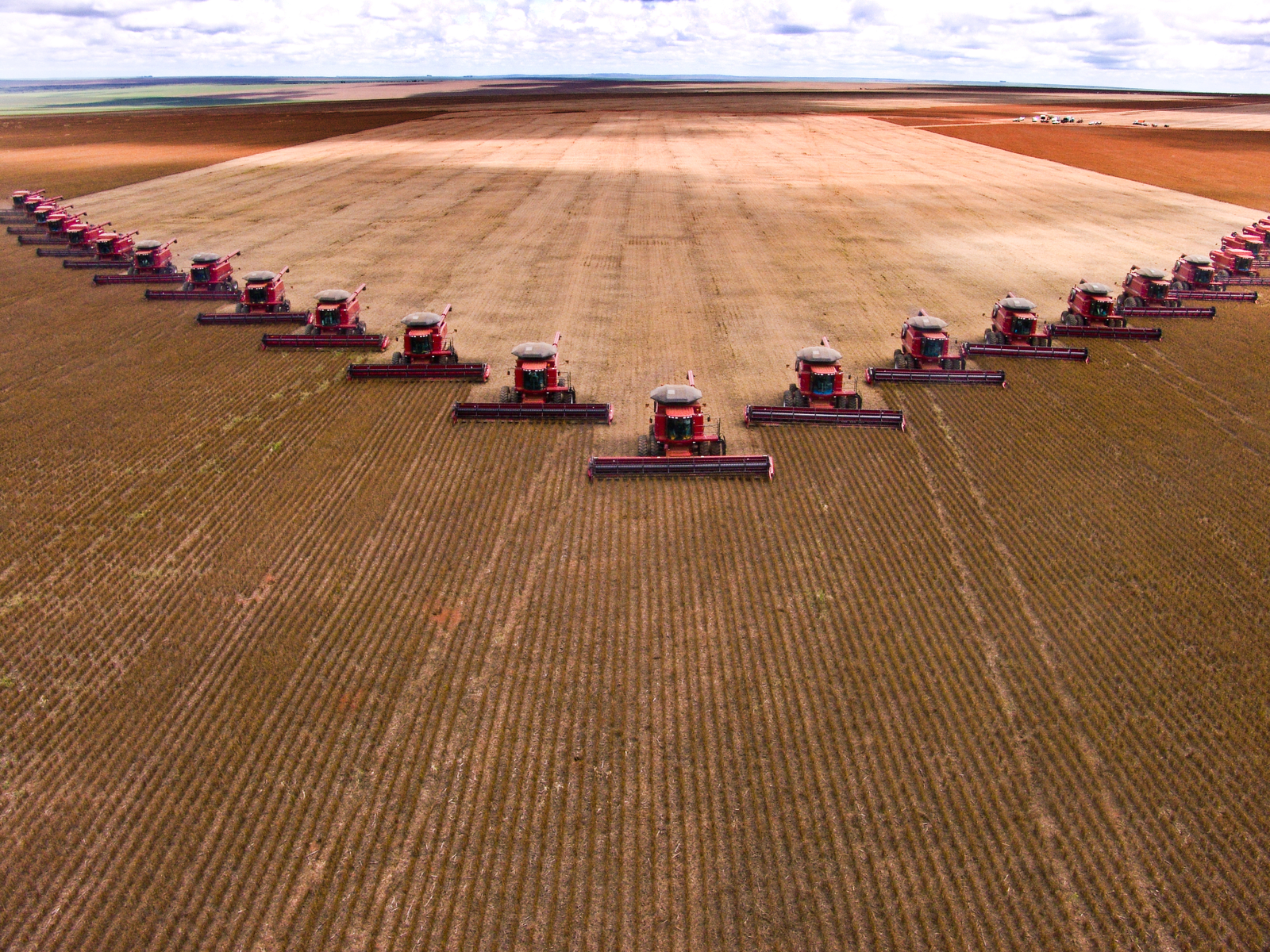New proteins: Higher carbon footprint

Pig feed with European soybean meal or poultry meat meal has the same carbon footprint as pig feed formulated with South America soybean meal and innovation is needed to lower the footprint. This is one of the conclusions of an on-going Dutch research on this topic.
The research is done as part of the project Feed4Foodure. Also Nevedi (the Dutch Feed Industry Association) is part of this project.
Assessing environmental impact
The researchers used the Life cycle assessment (LCA). This method provides a systematic way to quantify the environmental impacts of products or services from cradle to grave, thus allowing estimation of the environmental impacts related to the consumption/use of different products. Attributional LCA focuses on describing the environmentally relevant physical flows to and from a product or process.
Carbon footprint similar
Imported soybean meal from South America is currently one of the main sources of protein in livestock feed. To close the European mineral cycle and to make Europe less dependent on South America, the demand for protein sources of European origin is increasing. The condition is, however, that these protein sources are at least just as sustainable as imported soybean meal. The researchers therefore used the ‘attributional LCA’ to find out if European proteins are more sustainable than imported proteins. The researchers showed that the carbon footprint of pig feed (starter feed for fattening pigs), in which European soybean meal (produced in the Netherlands and Ukraine) or poultry meat meal has been processed, is similar to that of pig feed containing South-American soybean meal.
Extra link in food chain
From a nutritional point of view there are many current alternative proteins that are suitable for processing in livestock feed. However, algae protein shows a slight increase (1-3%) as compared with the feed with South American soybean meal. If sunflower seed meal or DDGS is used, the carbon footprint increases by 4-5%. The replacement of South-American soybean meal by single-cell proteins or meal worms results in an increase in the carbon footprint of more than 10%. The possible substitution effects of the large-scale production of these European protein sources have not yet been included in these calculations. Insects may also make a valuable contribution to the supply of European protein. But because the conversion of residual flow protein into insect protein as a raw material for livestock feed involves an extra link in the food chain. This results in unavoidable losses and increases the carbon footprint.
Become more efficient
According to the researchers, production must become more efficient to reduce the carbon footprint of crops containing protein. In Europe more attention must be paid to refining and improving the production conditions of these crops in order to obtain higher yields per hectare. If wet products are dried (DDGS), more energy-saving drying methods are required to reduce the footprint.











